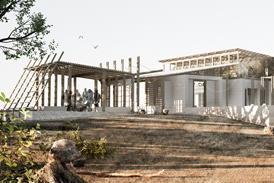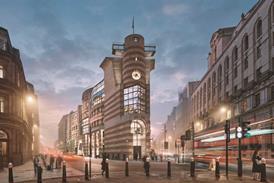- Home
- Intelligence for Architects
- Subscribe
- Jobs
- Events

2025 events calendar Explore now 
Keep up to date
Find out more
- Programmes
- CPD
- More from navigation items
Building control officer felt pressured into writing ‘fanbloodytastic’ safety certificate, Grenfell Inquiry hears

LABC certificate became key part of Kingspan’s marketing literature for product used in Grenfell Tower’s cladding system
A local authority building control officer has said that he was “pressured” by Kingspan and a representative body to provide a certificate for a combustible insulation product used on the refurbishment of Grenfell Tower, the inquiry has heard.
David Jones, a building control officer in Herefordshire, told Thursday’s hearing he was under pressure to “find a way” to approve Kingspan’s K15 insulation as safe to use on high-rise buildings.
The 2009 certificate he produced for Local Authority Building Control (LABC) - the group representing local authority inspectors which was paid by Kingspan to provide a certificate - became an important part of Kingspan’s marketing literature for K15.
…
This content is available to registered users | Already registered?Login here
You are not currently logged in.
To continue reading this story, sign up for free guest access
Existing Subscriber? LOGIN
REGISTER for free access on selected stories and sign up for email alerts. You get:
- Up to the minute architecture news from around the UK
- Breaking, daily and weekly e-newsletters
Subscribe to Building Design and you will benefit from:

- Unlimited news
- Reviews of the latest buildings from all corners of the world
- Technical studies
- Full access to all our online archives
- PLUS you will receive a digital copy of WA100 worth over £45
Subscribe now for unlimited access.






